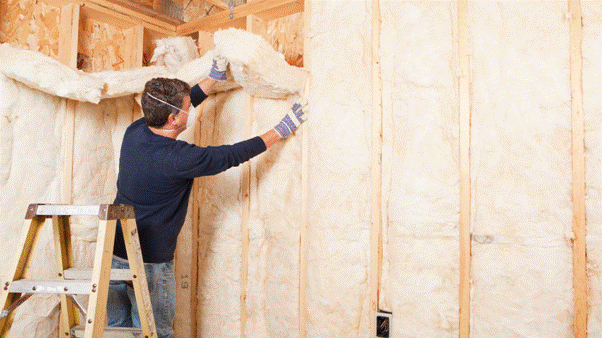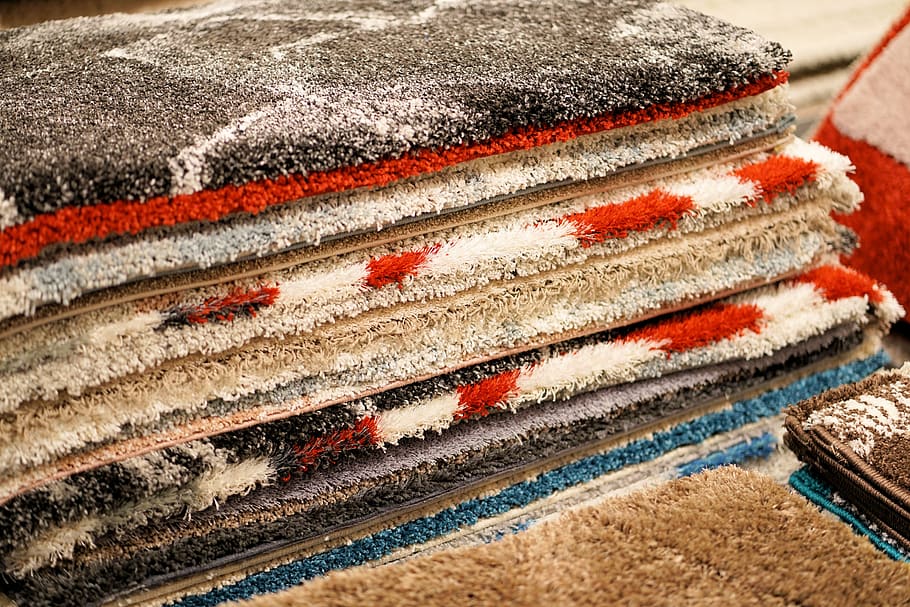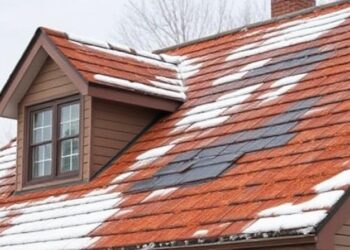As the cost of energy continues to rise, homeowners are increasingly seeking ways to make their homes more energy-efficient. One of the most effective ways to achieve this goal is through proper insulation. By insulating your home, you can create a barrier that helps regulate the temperature, reduces energy consumption, and enhances comfort.
In this blog, we will explore various types of home insulation materials and their applications. Whether you’re considering a new construction project or looking to upgrade your existing insulation, understanding the different options available will help you make an informed decision.
1. Fiberglass Insulation
Fiberglass insulation is one of the most common types of insulation used in residential buildings. It consists of fine glass fibers that are blown or placed into walls, ceilings, and attics. Fiberglass insulation comes in the form of batts, rolls, or loose fill. It is a cost-effective option and offers excellent thermal performance. Additionally, it is non-combustible and helps reduce noise transmission.
2. Cellulose Insulation
Made from recycled paper products, cellulose insulation is an environmentally friendly choice. It is treated with fire-retardant chemicals to enhance safety. Cellulose insulation is typically blown into attics and wall cavities. It has good thermal properties and effectively reduces air leakage. Moreover, it is resistant to pests and molds.
3. Spray Foam Insulation
Spray foam insulation is a versatile option that expands upon application, filling gaps and creating an airtight seal. It is commonly used in hard-to-reach areas such as crawl spaces and around plumbing pipes. Spray foam insulation offers a high R-value, meaning it provides excellent thermal resistance. It also acts as a sound barrier and helps deter pests.
4. Mineral Wool Insulation
Mineral wool insulation is made from molten glass or rock that is spun into fibers. It is available as batts, blankets, or loose-fill. This type of insulation is resistant to fire, water, and pests. Mineral wool insulation has superior sound absorption properties and is an effective thermal insulator. It is commonly used in areas that require high fire resistance, such as around chimneys or in commercial buildings.
5. Reflective Insulation
Reflective insulation is designed to reduce radiant heat transfer. It consists of a reflective surface, typically aluminum, that reflects heat away from the living space. This type of insulation is often used in attics, under roofs, and in crawl spaces. Reflective insulation is most effective in hot climates where reducing heat gain is a primary concern.
Conclusion
When it comes to home insulation, the right choice of materials can have a significant impact on energy efficiency and comfort. Fiberglass, cellulose, spray foam, mineral wool, and reflective insulation are just a few examples of the options available. It’s crucial to consider factors such as cost, R-value, installation requirements, and environmental impact when selecting the insulation that best suits your needs. To ensure a proper installation, it is recommended to consult professional insulation companies who can provide expert advice and free estimates tailored to your specific requirements. Don’t hesitate to reach out to reputable insulation companies for a comprehensive evaluation and guidance on enhancing the energy efficiency of your home.
Remember, investing in quality insulation now can lead to long-term savings and a more comfortable living environment for you and your family.







